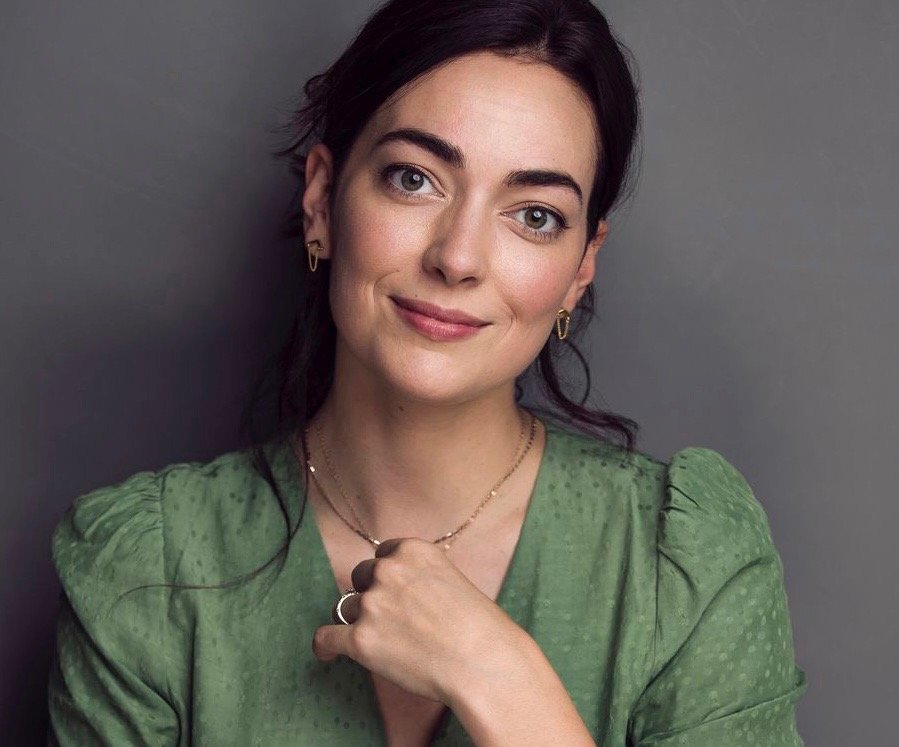SCOTT MYLES - Glasgow, Scotland - 100W 3rd Floor Studio
Scott Myles’ context-specific configurations of text, architecture, and image are conceptually stimulated by economic notions of commodity vs. gift: What is the artists’ contribution in brokering, subverting, or recovering practices of gift exchange? Although much of his recent practice has engaged printmaking, Scott returns to painting for the patient practice of creating hand-rendered work. By pairing down technology to only a brush and hand-mixing paints to create one large-scale work, Scott resists the immediacy of printing and the commodification of the artmaking process. His labor becomes the central gift to the viewer.
Residency Focus: Stimulated by his experience in Texas, land of oil, cars, and indefatigable heat, Scott focuses the exhibition around a single work, ‘Big Car’ (2022) —a 15 ft x 6.5-foot painting of an orange Dodge Challenger created for his solo show entitled ‘Pompeii’ which opened June 3rd with ‘Swim Club’ art space at the Power Station in Dallas. Retro-inspired muscle cars are a ready-made symbol of masculine bravado. However, precarity and instability exist on the surface of Pompeii. Hazmat orange against a loosely-painted ground of aqua green makes the painting vibrate with environmental tension, evoking the idea of a nervous future under revision.
CECILIA KIM - Richmond, VA - 100 West 2nd Floor Studio
In her practice as a video artist, Cecilia Kim incorporates conversations with friends, family, and intimate associates to explore concepts of home,identity, language, and belonging.
Voice and image dialogue with one another in powerfully-somatic ways that destabilize and refresh expectations of traditional documentary filmmaking. Renouncing the literalist attempts to visualize memories within documentary works, Cecilia uses modeling and visual effects software to render the mutating and ephemeral qualities of her interviewers’ memoryscapes. She interposes these digitally-abstracted mental interiors with serene footage of her subjects in natural and domestic spaces. Residency Focus: Cecilia conducted interviews with fellow resident Janielle Kastner and visual artist Nathalie Alfonso inside the residency building’s contemplative environment. Through Cecilia’s carefully-considered questions, the concept of home is freed from its geographic constraints, allowing the artist to foreground more dynamic explorations of belonging related to people, sensation, spirituality, and presence.
W. J. LOFTON - Atlanta, Georgia - 100W Writing Studio
W.J. Lofton began writing his first collection of poems while deployed as a U.S. soldier in Afghanistan. Since then, he has used poetry as a means of liberation and self-illumination. His writing practice shows influences from James Baldwin, bell hooks, Toni Morrison, Ross Gaye, and Jericho Brown. Rooted in queer spirituality and Audrey Lorde’s commitment to pleasure, his work is an active divestment from both state-sanctioned and intergenerational violence: “Some violence isn’t malicious, just selfish. I’m trying to understand [through writing,]” says the poet. Lofton’s poems seek after communion and community, stretching the limits of our empathy and daring us to regard one another and ourselves.
Residency Focus: “Poems allow me to connect with people and with space.” Lofton identifies the poetic within overheard conversations with residents and local Corsicanans and incorporates them into established poetic forms: golden shovels, sestinas, and villanelles. The forms become spaces, rooms, in which the words we speak aloud and the silences between them echo with new meanings.
JANIELLE KASTNER - New York City, New York - 100 West Writing Studio
Janielle’s commitment to the power of written and spoken language leads her to experiment across diverse mediums, including playwriting, podcasting, public performance, and large-scale text installations. Janielle is equally interested in how characters acquire their beliefs and knowledge about the world as she is in the story arc. Many of her projects begin as auto-fictions that flesh out personal experiences requiring greater introspection. Her works bear the marks of a deeply-inquisitive mind wrestling with the disillusionment that develops as we shift away from the people and institutions we naively clung to in our youth and articulate our own ways of being in communion with the world.
Residency Focus: Inspired by her personal experiences growing up in an evangelical community, religious quandary and fervor are at the heart of Janielle’s ongoing projects. She is working on a new play called “Heaven’s Gates, Hell’s Flames,” about a church in Texas trying to put on a play. Also in development is an outline and early interviews for her next podcast that explores the complex origins of white evangelicalism in the United States. While here, she finished a draft of a new play commission from Dallas Theater Center about the infamous murder of Kitty Genovese which coined the term “bystander effect.”
PETE OHS - Los Angeles, California - Samuels Building
Pete Ohs returns to Corsicana for his second residency. The four-time regional-Emmy award winning director, screenwriter, and producer once again engages his unique approach to filmmaking. Location provides both the initial inspiration and the material constraints for each of Ohs’ films. Sets and costumes are sourced from the surrounding location. Friends and family serve as cast and crew. The plotline develops organically, informed by the interactions and ideas of the entire team as they relate to one another on set. Ohs’ minimalist and collaborative approach keeps the costs of filmmaking—typically known for its exorbitant and prohibitive costs—low, while imbuing each production with a site-specific sensitivity to atmosphere, space, and serendipity.
Residency Focus: Downtown Corsicana becomes the backdrop for Pete and his crew’ latest project: an absurdist black and white comedy set in a world where having a job is illegal. The film is shot in the style of an old Hollywood Classic from the 40’s and 50’s using a single camera. It features actors outfitted in costumes from the local resale shop idling in alleys off Beaton Street, reminiscing about a time when work was allowed.




